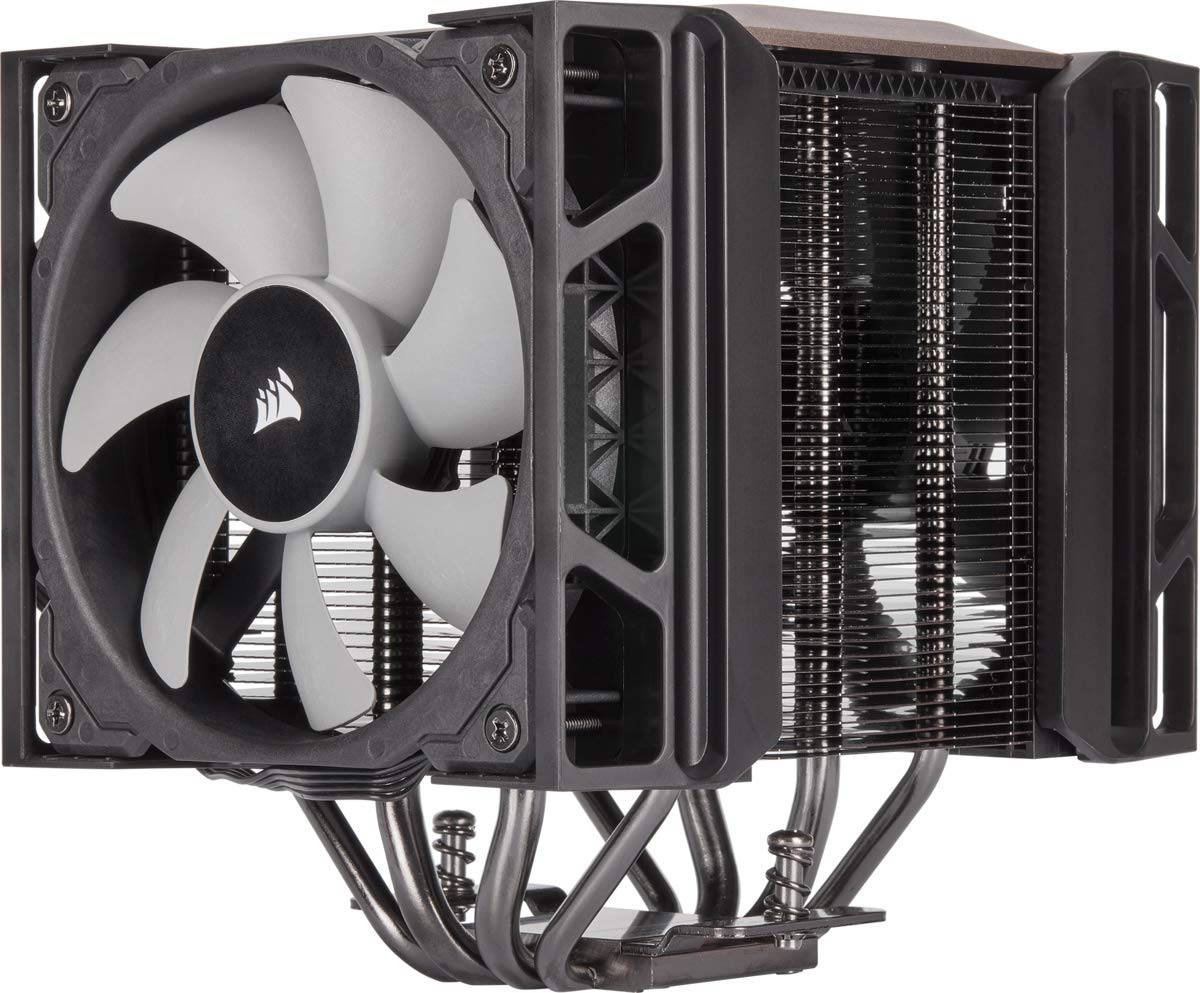Maximizing the performance of your computer starts with keeping your Central Processing Unit (CPU) cool. Advanced CPU coolers are essential for enthusiasts and professionals who demand peak performance without thermal throttling. In this guide, we’ll dive into the importance of cooling, types of advanced coolers available, installation tips, and maintenance practices to help you get the best out of your system.
Understanding the Need for Effective CPU Cooling
The Role of CPU Coolers in System Performance
CPU coolers are critical in preventing overheating, which can lead to reduced performance or damage to your computer’s components. An effective cooler ensures that your CPU runs at optimal temperatures, allowing it to handle demanding tasks without losing efficiency. This is particularly important during resource-intensive activities such as gaming, video editing, or running complex simulations.
Evaluating Cooler Types and Their Effectiveness
There are two main types of CPU coolers: air coolers and liquid coolers. Air coolers use large heat sinks and fans to dissipate heat, while liquid coolers use a circulating fluid to transfer heat away from the CPU. Liquid coolers generally offer superior cooling performance and are quieter but tend to be more expensive and complex to install.

Selecting the Right Advanced CPU Cooler
Assessing Compatibility with Your System
When choosing an advanced CPU cooler, the first step is ensuring compatibility with your processor and motherboard. Check the TDP (Thermal Design Power) rating of your CPU and match it with the cooler’s capacity. Additionally, ensure that the cooler fits inside your case and doesn’t interfere with other components, such as RAM or GPU.
Comparing Air and Liquid Cooling Solutions
Air coolers are a reliable and cost-effective option for most users, but they might not be sufficient for overclocking or handling high-TDP CPUs. On the other hand, liquid coolers provide excellent thermal performance and are generally better for overclocking. However, they require more space and maintenance. Consider your cooling needs, budget, and system configuration when making your decision.
Installing Your Advanced CPU Cooler
Preparing Your Workspace and Tools
Before installing your cooler, gather all necessary tools and create a clean, static-free workspace. This typically involves having screwdrivers, thermal paste, and isopropyl alcohol for cleaning the CPU. Make sure your computer is turned off, unplugged, and that you’re grounded to prevent static damage to the components.
Step-by-Step Installation Process
Installation steps vary between different coolers, so always refer to the manufacturer’s instructions. Generally, you’ll need to apply thermal paste to the CPU, secure the cooler’s baseplate or heat sink, and attach the fan or radiator. For liquid coolers, you must also mount the radiator and ensure that all connections are tight to prevent leaks.
Maintaining Optimal Cooling Performance
Regular Cleaning and Dust Management
Dust buildup can significantly hinder a cooler’s performance. Regularly clean your CPU cooler by gently removing dust from the fins, fan, or radiator using compressed air or a soft brush. Keeping the rest of your system clean also promotes better airflow, contributing to overall cooling efficiency.
Monitoring Temperatures and Performance
Use software tools to monitor your CPU’s temperature and performance over time. This can alert you to potential issues before they become major problems. If temperatures rise unexpectedly, it may be time to clean your cooler or replace the thermal paste. Keeping an eye on these metrics will help you maintain an optimally performing system.
In summary, an advanced CPU cooler is a key component in maintaining the health and performance of your computer, especially under heavy loads. By understanding the importance of cooling, selecting the right cooler for your needs, installing it correctly, and maintaining it regularly, you can enhance your system’s stability and lifespan. Whether you choose an air or liquid cooling solution, the key to optimizing performance lies in proper selection, installation, and ongoing maintenance.
